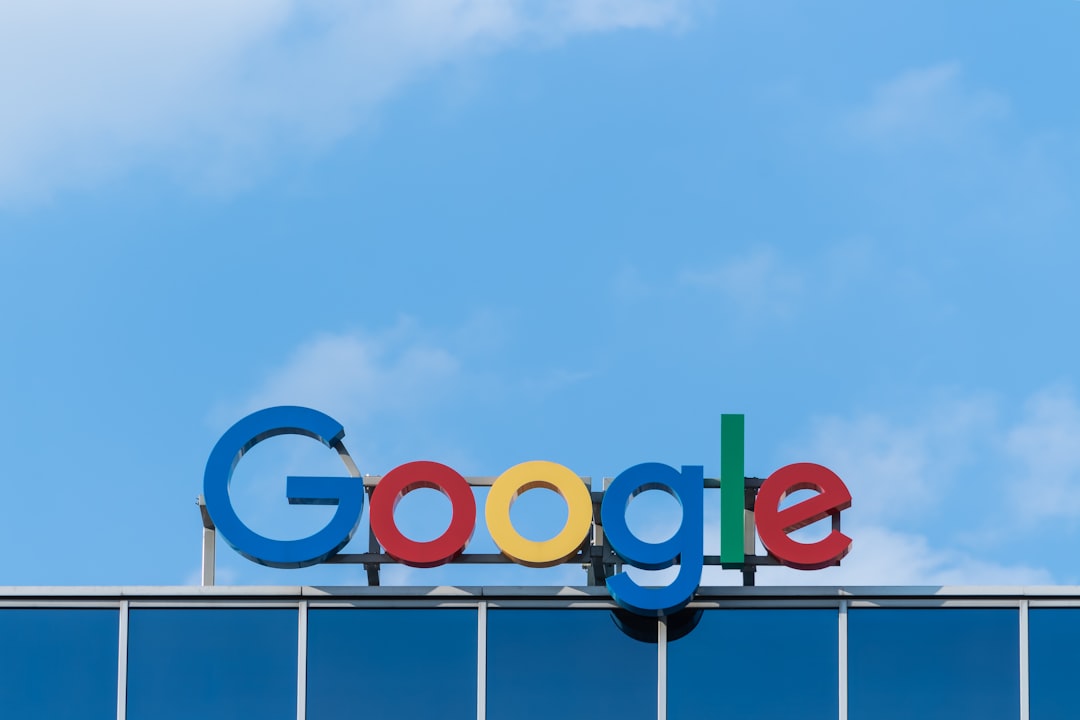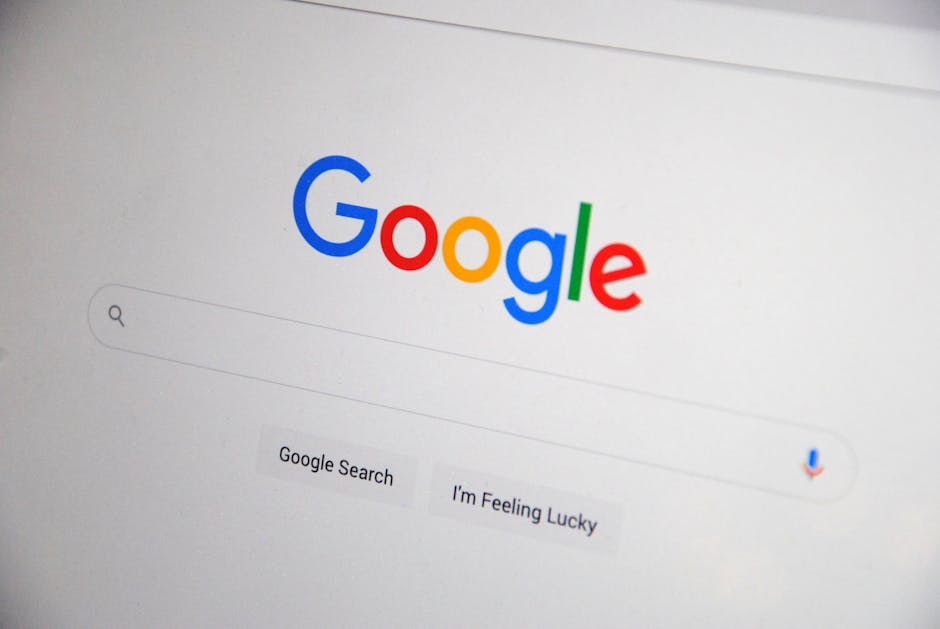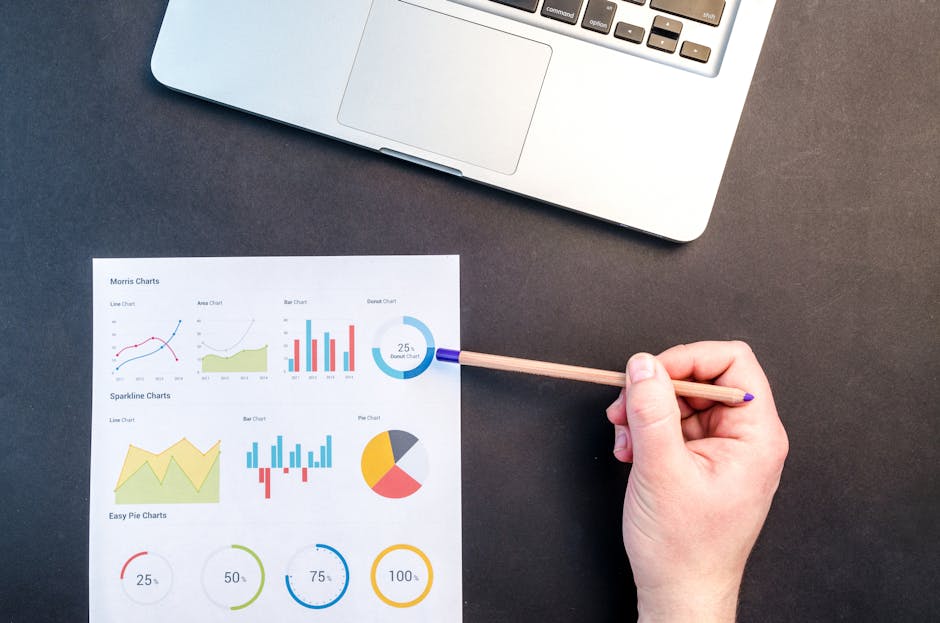Why Understanding Google Penalties is Crucial
What is a Google penalty? It’s a punitive action from Google when your site breaks their rules, slashing your search rankings and hurting your business visibility.
Key Points:
– Definition: A Google penalty reduces your website’s rankings due to rule violations.
– Types: Manual actions (human reviewer flags your site) and Algorithmic penalties (automatic, due to algorithm updates).
Understanding Google penalties is vital for your site’s health. Google aims to serve the best content to its users. If your site doesn’t meet their standards, your traffic can plummet, dragging down your revenue and online visibility.
I’m Danielle Birriel. With years of experience in SEO and digital marketing, I specialize in helping businesses understand what a Google penalty is and how to recover from it, ensuring optimal site performance.
What is a Google Penalty?
A Google penalty is a punishment against a website for violating Google’s guidelines. This can drastically lower your site’s rankings, reducing traffic and visibility.
Manual Actions
Manual actions are penalties given by human reviewers. If your site is flagged for breaking Google Search Essentials, you’ll get a manual action notice in Google Search Console. Common reasons include:
- Paid links
- Keyword stuffing
- Spammy content
To check for manual actions, go to Google Search Console, navigate to the “Manual actions” section, and look for any notifications. If you see a red notice, it means your site has been penalized.
Algorithmic Penalties
Algorithmic penalties happen automatically when Google’s algorithms detect issues. Unlike manual actions, you won’t get a notification. Instead, you’ll notice a sudden drop in rankings and traffic. These penalties often result from updates to Google’s search algorithms. Notable updates include:
- Panda (2011): Targets low-quality content and excessive ads.
- Penguin (2012): Focuses on spammy links and keyword stuffing.
- Hummingbird (2013): Improves the understanding of search queries and relevance.
To identify an algorithmic penalty, monitor your site’s performance using tools like SEMrush or Ahrefs. Compare the dates of traffic drops with known Google updates.
Understanding the difference between manual actions and algorithmic penalties helps you diagnose and fix issues more effectively. In the next section, we’ll dive into common triggers for Google penalties and how to avoid them.
Common Triggers for Google Penalties
Understanding what can trigger a Google penalty is crucial for maintaining your site’s health and visibility. Here are the most common culprits:
Black-Hat SEO Practices
Black-hat SEO practices are tactics that violate Google’s guidelines to manipulate search rankings. These tricks can lead to severe penalties, both manual and algorithmic.
- Keyword Stuffing: This outdated tactic involves cramming a webpage with keywords to rank higher. Google’s Panda algorithm penalizes such over-optimized content. Instead of boosting rankings, it can drop your site’s visibility.
- Cloaking: Cloaking shows different content to users and search engines. It’s like a bait-and-switch tactic. For example, users might see a page about “puppy care,” while search engines see a page about “buying cheap watches.” This deceptive practice can lead to manual penalties.
- Buying Links: Purchasing backlinks to manipulate PageRank is a big no-no. Google’s Penguin algorithm targets these unnatural link-building practices. Sites caught buying links can experience a significant drop in rankings.
Technical Issues
Technical issues can also lead to penalties, affecting your site’s crawlability and user experience.
- Hidden Links: These are links hidden from users but visible to search engines, often using CSS or tiny fonts. This tactic aims to manipulate rankings but can result in a manual penalty.
- Deceptive Redirects: Redirects that take users to a different page than intended can mislead both users and search engines. For instance, if a user clicks on a link for “best coffee makers” but ends up on a page selling “diet pills,” it’s deceptive. Google penalizes such practices to ensure a trustworthy search experience.
- Duplicate Content: Having identical or very similar content on multiple pages can confuse search engines. This can dilute your ranking power. Google’s algorithms prefer unique, valuable content. Duplicate content can lead to lower rankings or even removal from search results.
- Spammy Links: Links from low-quality or irrelevant sites can harm your SEO. If Google detects a pattern of spammy links, it might penalize your site. Tools like SEMrush can help you audit your backlink profile and disavow toxic links.
By avoiding these black-hat SEO practices and technical issues, you can keep your site in good standing with Google. Next, we’ll explore how to identify a Google penalty and take steps to recover from it.
How to Identify a Google Penalty
Identifying a Google penalty is crucial for restoring your site’s rankings and traffic. Here’s how you can spot if you’ve been hit.
Using Google Search Console
Google Search Console is your go-to tool for identifying manual actions.
Manual Action Report: Check the “Manual Actions” section. If your site has been penalized, you’ll see a red notice explaining the issue. This report tells you what went wrong and which guidelines were violated.
Notifications: Google Search Console also sends messages if your site is flagged. Click the bell icon in the top right corner to review past notifications. If you see a message about a manual penalty, it’s time to act.
Penalty Checker Tools
For algorithmic penalties, you won’t get a direct notification. Instead, you’ll need to analyze your site’s performance using various tools.
Ranking Drop: A sharp drop in rankings for your target keywords can indicate a penalty. Use a rank tracking tool to monitor your positions regularly.
Traffic Analysis: Check your Google Analytics for sudden drops in organic traffic. Compare these drops with the dates of known Google algorithm updates to see if there’s a correlation.
SEMrush: This tool offers a comprehensive site audit. It can help you identify issues like spammy links, duplicate content, and more. Use SEMrush to track your rankings and backlink profile.
Ahrefs: Another powerful tool for diagnosing penalties. Ahrefs can analyze your backlinks and identify toxic links. Its rank tracker also helps monitor your keyword positions.
Backlink Audit Tool: Tools like the Backlink Audit Tool can help you find and disavow harmful backlinks. A high toxicity score often indicates the presence of spammy links.
By using these tools and regularly monitoring your site’s performance, you can quickly identify and address any penalties affecting your site.
Next, we’ll dive into the steps you need to take to recover from a Google penalty.
Steps to Recover from a Google Penalty
Recovering from a Google penalty can be daunting, but it’s crucial for regaining your site’s rankings and traffic. Here are the key steps to guide you through the process.
Disavowing Bad Links
Disavowing bad links is essential if your site has been penalized due to toxic backlinks. These are links that harm your site’s reputation and rankings.
- Conduct a Backlink Audit: Use tools like SEMrush or the Backlink Audit Tool to analyze your backlinks. Identify any links that are spammy, irrelevant, or from low-quality sites.
- Manual Removal: Before using the Disavow Tool, attempt to remove these links manually. Contact the webmasters of the linking sites and request the removal of the harmful links.
- Create a Disavow File: If manual removal isn’t possible, create a .txt file listing the URLs or domains to disavow. Ensure the file format is correct.
- Submit the Disavow File: Use the Google Disavow Tool to submit your disavow file. This tells Google to ignore these links when assessing your site.
Improving Content Quality
Improving your site’s content is another vital step in recovering from a penalty, especially if it’s related to content quality.
- Remove Duplicate Content: Duplicate content can trigger penalties. Use tools like Copyscape to identify and remove or rewrite duplicate pages on your site.
- Enhance User Experience: Focus on user experience (UX). Ensure your site is easy to navigate, loads quickly, and is mobile-friendly. Google values sites that offer a good user experience.
- Create Quality Content: Avoid keyword stuffing and create content that provides real value to your users. Use relevant keywords naturally and focus on addressing the needs and questions of your audience.
Submitting a Reconsideration Request
If you’ve received a manual action, you’ll need to submit a reconsideration request to Google.
- Fix the Issues: Ensure you’ve addressed all the issues that led to the penalty. This includes disavowing bad links, improving content quality, and fixing any other violations of Google’s guidelines.
- Document Your Efforts: Keep a record of the steps you’ve taken to resolve the issues. Google wants to see that you’ve made a genuine effort to comply with their guidelines.
- Submit the Request: Go to the Manual Actions Report in Google Search Console and click “Request a Review.” Explain the issues, the steps you’ve taken to fix them, and provide any supporting documentation.
- Wait for Response: After submitting your request, it can take a few weeks for Google to review and respond. Be patient and continue to monitor your site’s performance.
By following these steps, you can recover from a Google penalty and restore your site’s rankings and traffic. Next, we’ll address some frequently asked questions about Google penalties.
Frequently Asked Questions about Google Penalties
What happens when you get a Google penalty?
When your site receives a Google penalty, your search rankings can drop dramatically. This can mean that your site no longer appears in search results for your targeted keywords, or in severe cases, it may be removed from search results entirely.
There are two main types of penalties: manual actions and algorithmic penalties.
Manual Actions: These are penalties applied by human reviewers at Google. They can be checked in the Google Search Console. You’ll receive a notification detailing the specific issue.
Algorithmic Penalties: These occur when your site is affected by changes in Google’s algorithms, like Panda, Penguin, or Hummingbird. These updates aim to improve search quality but can negatively impact sites that don’t comply with Google’s guidelines.
How long does the Google penalty last?
The duration of a Google penalty varies depending on the type and severity:
Manual Penalties: These can last until you address the issues and submit a reconsideration request. Once Google reviews and approves your request, the penalty is lifted. This process can take anywhere from a few weeks to several months.
Algorithmic Penalties: These last until the next algorithm update or until you make the necessary changes to comply with Google’s guidelines. Recovery can take time and requires ongoing effort to improve your site’s quality and relevance.
How to get rid of Google penalties?
Recovering from a Google penalty involves several steps:
- Disavow Links: Use the Google Disavow Tool to disavow spammy or unnatural backlinks. This tells Google to ignore these links when assessing your site.
- Remove Toxic Backlinks: Conduct a backlink audit using tools like SEMrush or Ahrefs. Reach out to webmasters to remove harmful links manually.
- Improve Content Quality: Ensure your site has high-quality, relevant content. Remove duplicate content, enhance user experience, and avoid keyword stuffing.
- Submit a Reconsideration Request: If you have a manual penalty, submit a reconsideration request through Google Search Console. Explain the issues, the steps you’ve taken to fix them, and provide any supporting documentation.
By addressing these issues, you can work towards lifting the penalty and restoring your site’s rankings and traffic. Next, we’ll dive deeper into specific recovery strategies and best practices.
Conclusion
In summary, understanding and navigating Google penalties is crucial for maintaining your website’s visibility and traffic. Google penalties, whether manual or algorithmic, can significantly impact your site’s search rankings, organic traffic, and overall performance.
Compliance with Google’s guidelines is essential. Adhering to best practices, avoiding black-hat SEO tactics, and regularly monitoring your site’s health can help prevent penalties. It’s always better to be proactive than reactive when it comes to SEO.
If your site has been affected by a Google penalty, D&D SEO Services is here to help. We specialize in Google penalty recovery, offering expert solutions tailored to your unique needs. Our team of seasoned professionals will guide you through the recovery process, ensuring your site regains its rankings and thrives in the changing SEO landscape.
Don’t let a Google penalty hold you back. Let us help you recover and achieve long-term success. Contact us today to get started!









